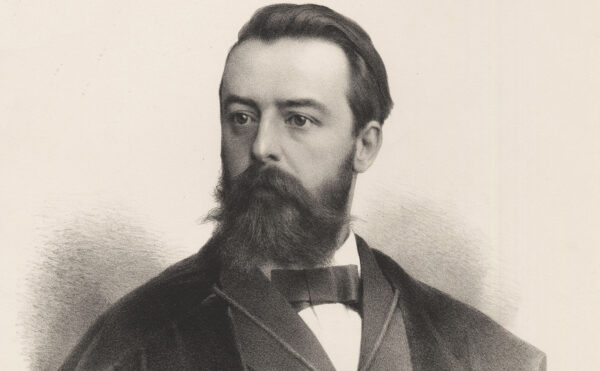What’s the rarest element? Seems like a straightforward question. A supernova explosion 4.5 billion years ago led to the creation of our solar system and with it all the elements on the periodic table up to uranium. But a few of those elements (for example, technetium and promethium) have no stable isotopes, and given how quickly they decay, we can be certain statistically that no more original atoms remain. So the answer should be a tie, with all these elements having an abundance of zero.
That’s not the whole story, though. Some of the heavier radioactive elements, especially uranium, decay in multiple ways, either by emitting different particles or by splitting their nuclei into differently sized pieces. And depending on the details of those splits and decays, elements that should be extinct can suddenly reappear. They’re the coelacanths of the periodic table.
Even then, some elements barely, just barely, get replenished. That’s especially true of astatine and francium, the two contenders for the title of the world’s rarest. Of the two, francium is more fragile. If you had a million atoms of astatine, half of them would decay into something else (usually polonium) in around 7 hours. (In other words, 7 hours is the half-life of astatine.) A similar supply of francium would be half-depleted in 20 minutes. So common sense says that francium should be rarest.
But common sense is wrong. Scientists calculate that between 20 and 30 ounces of francium exist on Earth at any one moment. At the same time, there’s just one lousy ounce of astatine. How is that possible? How can an element that’s 20 times more fragile also be 20 times more abundant? The answer is that the decay path from uranium to francium is easier to follow than the decay path from uranium to astatine; the net result is that more uranium atoms get converted to francium. Astatine is therefore the rarest element in the periodic table because it’s the hardest to produce.
So hard to produce, in fact, that the scientists who first created it in 1939 couldn’t detect its existence directly and had to resort to a trick. They created a tiny bit of astatine within a sample of bismuth by bombarding the bismuth with particles from a cyclotron. They then fed the whole shebang to a guinea pig. Astatine sits below iodine on the periodic table, giving the two elements similar properties. And after a few hours of digestion the guinea pig’s iodine-hungry thyroid gland had filtered and concentrated the astatine. It remains the only element discovered by a nonhuman.
Even after crowning astatine as the scarcest element, however, we have to qualify that statement: it’s only the rarest natural element. Beyond uranium lie two dozen man-made elements, and unless we find proof of extraterrestrial intelligence someday, we can be pretty confident that most of the elements beyond uranium (the transuraniums) never existed outside a scientific lab here on Earth.
How rare are we talking? Producing an ultraheavy element can take a decade of work—and after all that scientists might have found five or six atoms of it, total, none of which survived longer than a second. (For comparison the flash-mob record for gathering francium atoms into one place is 10,000.) And if you’re thinking that seems pretty darn futile, you’re in good company: whenever I give talks about the periodic table, the most common question I get asked is why scientists bother. What good is making ultraheavy elements?
Most people who ask are genuinely curious. Every so often, though, someone starts to sputter, bordering on anger: their question is really a challenge. Sometimes it’s the money that bothers them: they see science as a zero-sum game, and every dime not spent on, say, medical cures is a dime wasted. But even when I explain the trickle-down effects of such research (it could lead to new ways of producing medical isotopes), they’re not placated. Really, it’s the willful disregard for practicality that eats at them. The idea that scientists might dedicate their lives to creating something that does not have, and will never have, any practical value almost offends them.
In the end I usually smile and say we need to embrace the uselessness of these elements, even celebrate it. In a utilitarian calculus you can’t justify the production of ultraheavy, ultrarare elements—except to say that they add to the sum of human knowledge and happiness, which is no small thing. Even more than that, the creation of them satisfies a human need to push beyond our natural boundaries, to explore as much of our little pocket of the universe as possible. It takes all types to make a periodic table, and if some of those elements are as rare and as fleeting as an ivory-billed woodpecker, they’re all the more beautiful for it.




